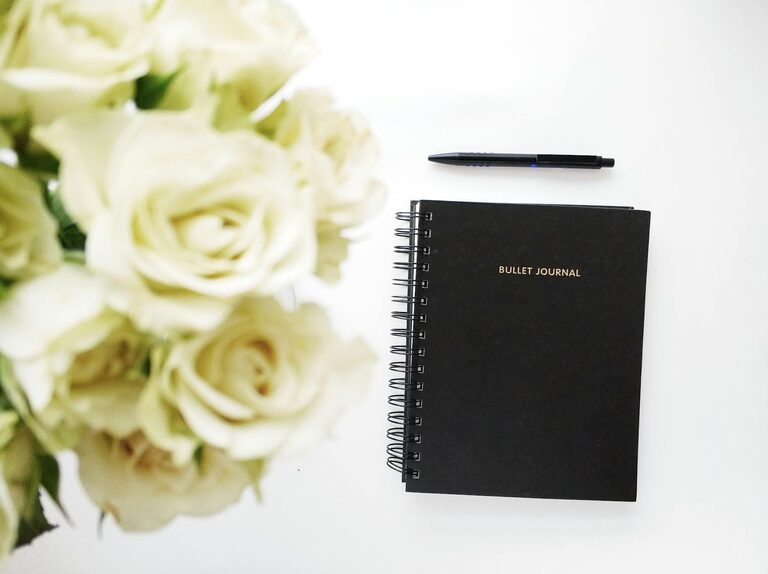
Bullet journaling has become a popular method for organizing daily tasks, tracking habits, and sparking creativity. If you’re new to this versatile planning system, this beginner guide will walk you through the basics and help you set up your very first bullet journal with ease.
What Is Bullet Journaling?
At its core, bullet journaling is a customizable organization system created by Ryder Carroll. It transforms a simple notebook into a personalized planner, to-do list, diary, and sketchpad all in one. Unlike traditional planners, bullet journals give you maximum flexibility to decide what to include based on your unique needs.
Why Start a Bullet Journal?
– Flexibility: Create layouts that work specifically for you.
– Creativity: Experiment with designs, colors, and hand lettering.
– Mindfulness: Reflect on your goals and progress regularly.
– Productivity: Stay on track with tasks and appointments.
Supplies You’ll Need
Starting is simple; here’s what to gather:
– Notebook: Dot grid journals are popular for flexible layouts, but blank or lined notebooks work, too.
– Pens: Fine liners, gel pens, or markers depending on your style.
– Ruler: For neat lines and boxes.
– Optional: Colored pencils, stickers, washi tape for decoration.
Setting Up Your First Bullet Journal
1. Index
This is the place to list the contents of your journal. Number your pages, then record page numbers and topics here for easy reference.
2. Key
Create symbols or bulleted signs to identify different entries, for instance:
– • Task
– X Completed task
– > Migrated task
– – Note
– * Important
This helps you quickly scan your pages.
3. Future Log
Use this section for important dates or goals in upcoming months. Split it into months and jot down events, deadlines, or appointments.
4. Monthly Log
Create an overview of the current month. Many people use two pages: one for a calendar list of days and events, and another for tasks or goals to focus on.
5. Daily Log
This space is for day-to-day to-do lists, notes, and reflections. You can add tasks, appointments, and quick journal entries here.
Tips for Keeping Your Bullet Journal Effective
– Keep it simple: Start with basic layouts to avoid overwhelm.
– Consistency is key: Dedicate time daily or weekly to update your journal.
– Customize as you go: Adjust to your preferences—there’s no “right” way to bullet journal.
– Use collections: These are specialized lists or trackers, like books to read, habit trackers, or meal plans.
– Review regularly: Check your journal each week or month to migrate unfinished tasks and update goals.
Popular Bullet Journal Collections for Beginners
Here are some common ideas to try:
– Habit Tracker: Track daily habits like water intake or exercise with a simple grid.
– Gratitude Log: Write one thing you’re thankful for each day.
– Mood Tracker: Use colors or symbols to reflect your mood throughout the month.
– Brain Dump: A place for random thoughts, ideas, or reminders.
– Goals List: Break down long-term goals into actionable steps.
Overcoming Common Challenges
“I’m Not Artistic”
Your bullet journal doesn’t have to be a work of art. Focus on functionality over decoration. Simple layouts are beautiful in their clarity.
“I Forget to Use It”
Set a daily or weekly reminder on your phone. Incorporate journaling into your routine, like morning coffee or evening wind-down.
“It Feels Overwhelming”
Start with very basic pages—the index, future log, and one or two daily logs. Expand only when you feel comfortable.
Final Thoughts
Bullet journaling is a powerful tool that can help you stay on top of your tasks while giving you creative freedom. With practice, your journal will evolve into a reflection of your style and goals. So grab a notebook, a pen, and start your bullet journal journey today!
—
If you’d like inspiration, there are many communities and resources online where you can see others’ layouts and share your own progress. Remember, the best bullet journal is the one you enjoy using!
